Freddie Gray was a 25-year-old man who died in police custody in Baltimore, Maryland on April 12, 2015.
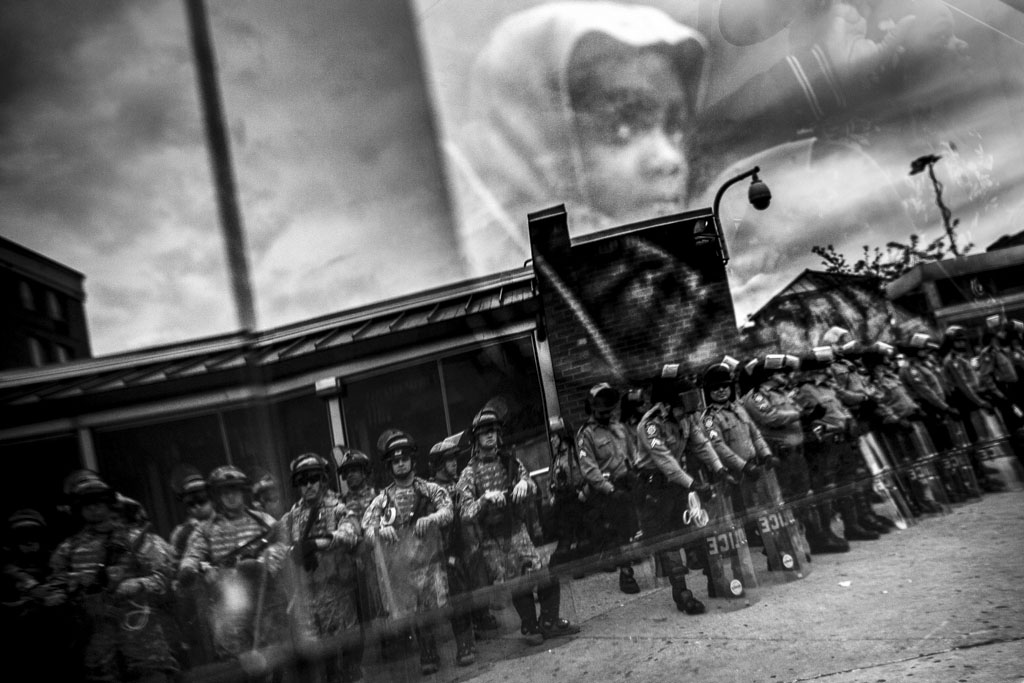
After his death, the world watched while the city of Baltimore took to the streets. People saw riots, looting, and buildings being burned.
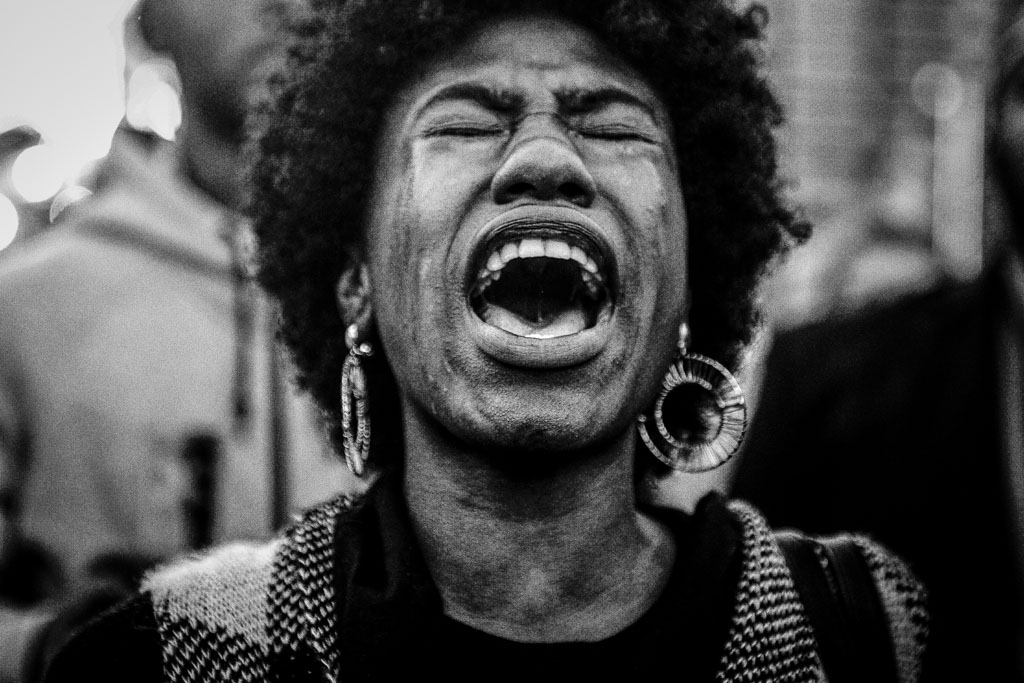
But what didn't the world see?

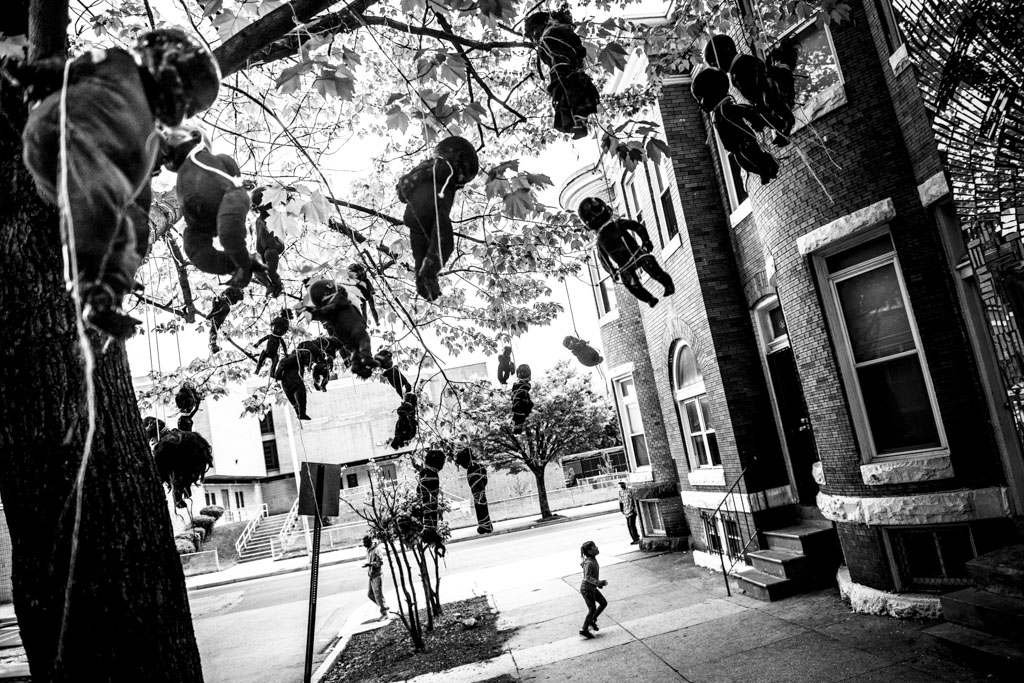
Black baby dolls hang from a tree, part of an installation by neighborhood artist Loring Cornish, in west Baltimore, Md., on May 2, 2015. Baltimore's history of racism and segregation has led to economic disparity, extreme blight, poor education and police brutality in predominantly African-American communities.
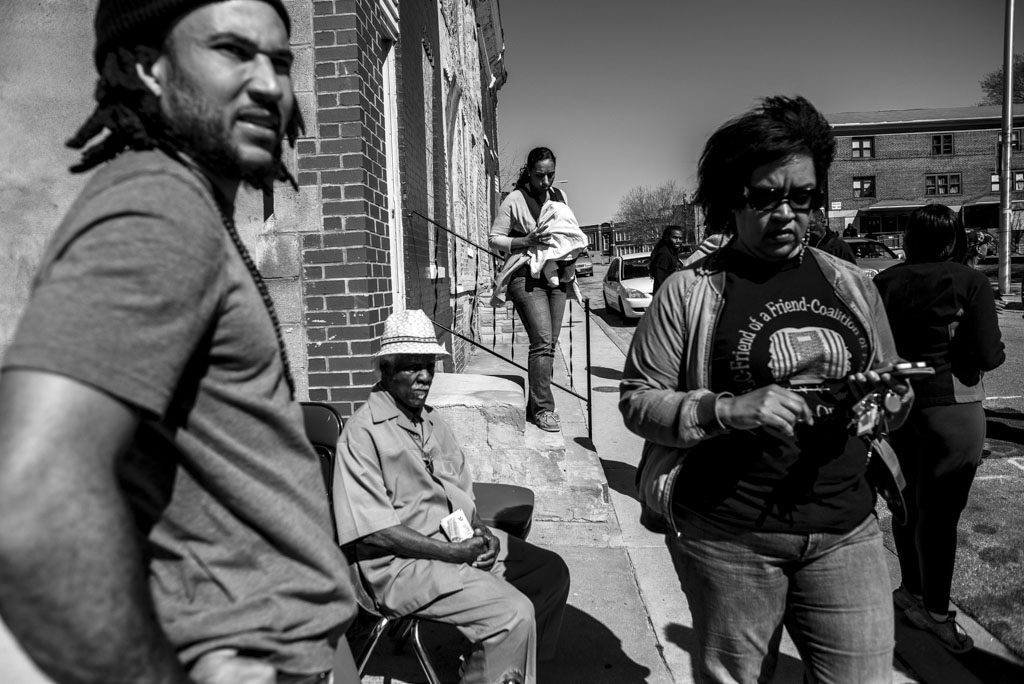
Community leaders and activists come together to celebrate the opening of the Tubman House, a "kids safe zone" house and garden, across from the Gilmor Homes where Freddie Gray was arrested, in West Baltimore, Md., on April 12, 2016.
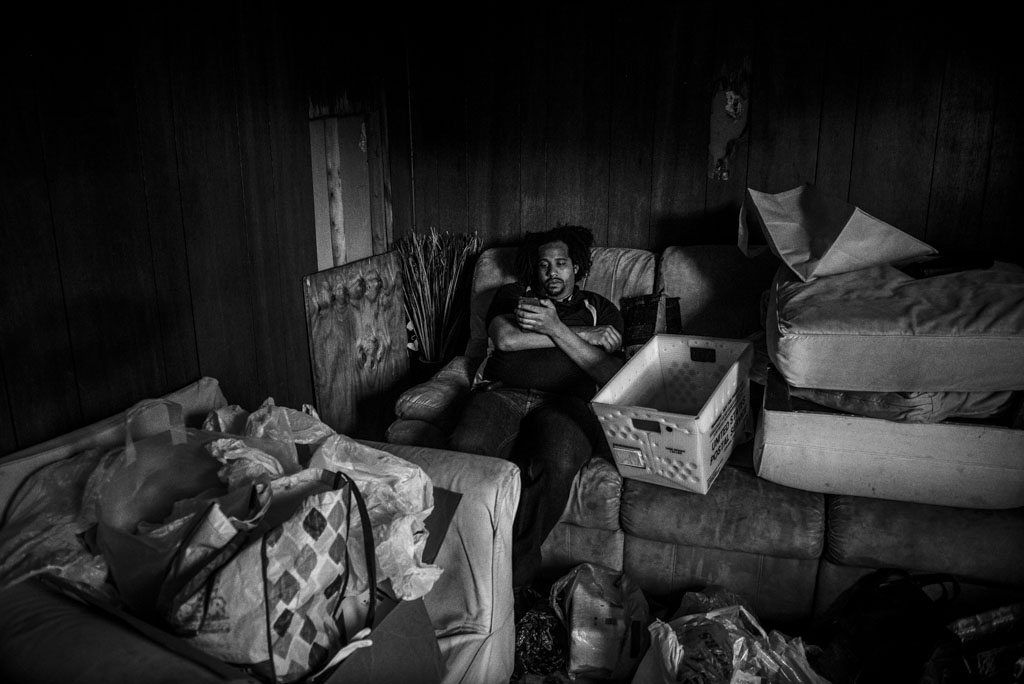
Lawrence Grandpre, one of the leaders of the Tubman House effort, checks emails inside the house. Community residents illegally occupied the city-owned vacant building that is slated for demolition, hoping the city would allow them to keep the property for kids to have a safe place to go to after school.
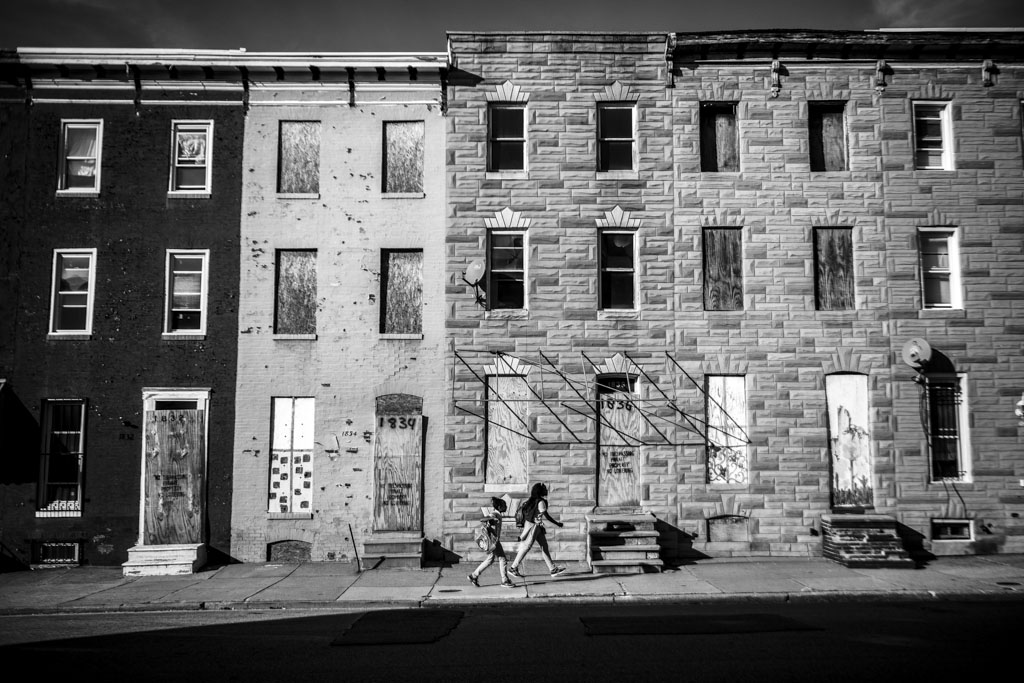
Girls walk back from school in the late afternoon on an abandoned block of Chase St. in east Baltimore, Md., on Oct. 28, 2013. According to the Baltimore Department of Housing and Community Development, the city has about 30,000 vacant properties.
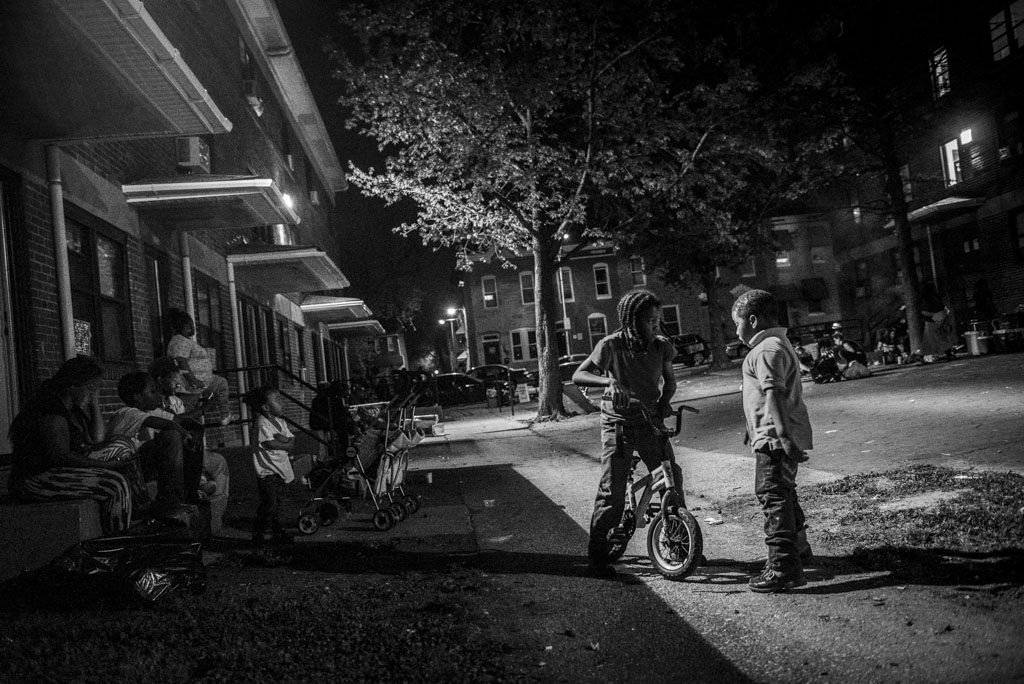
Residents of the Gilmor housing project, the area where Freddie Gray was arrested, stay out late on the night the city-wide curfew was lifted, in the Winchester-Sandtown neighborhood of west Baltimore, Md., on May 3, 2015. Nearly half of very low-income households spend more than 50 percent of their income on housing, according to the Baltimore Sun.
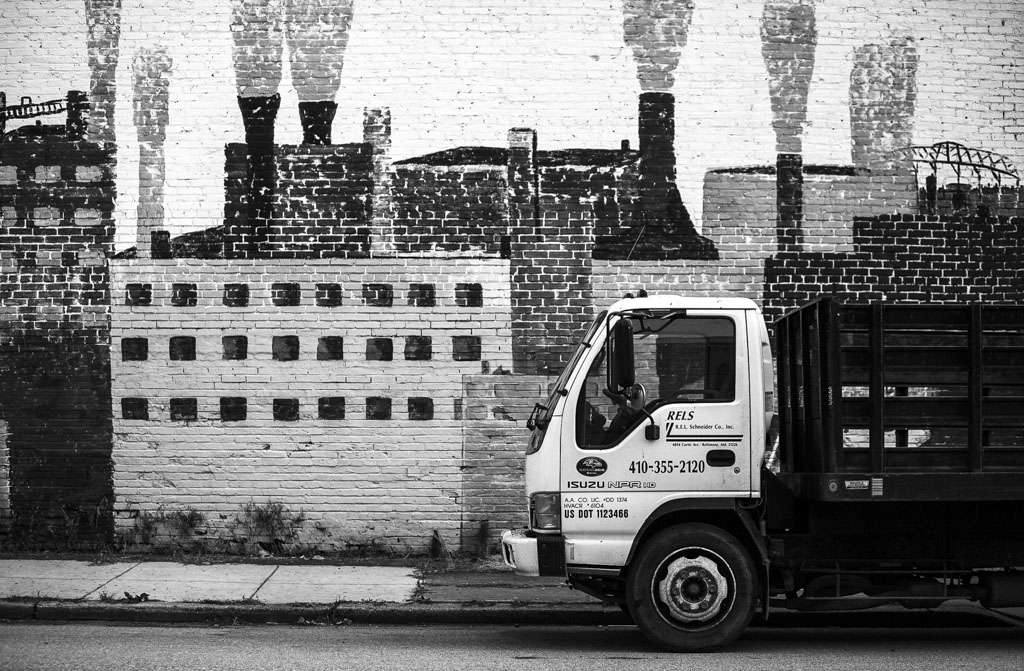
A mural of factory smoke stacks on Curtis Ave. in the Curtis Bay community in Baltimore, Md., on Dec. 18, 2014. The Curtis Bay neighborhood has one of the highest rates of air pollution across the country, causing severe health problems to many of its residents.
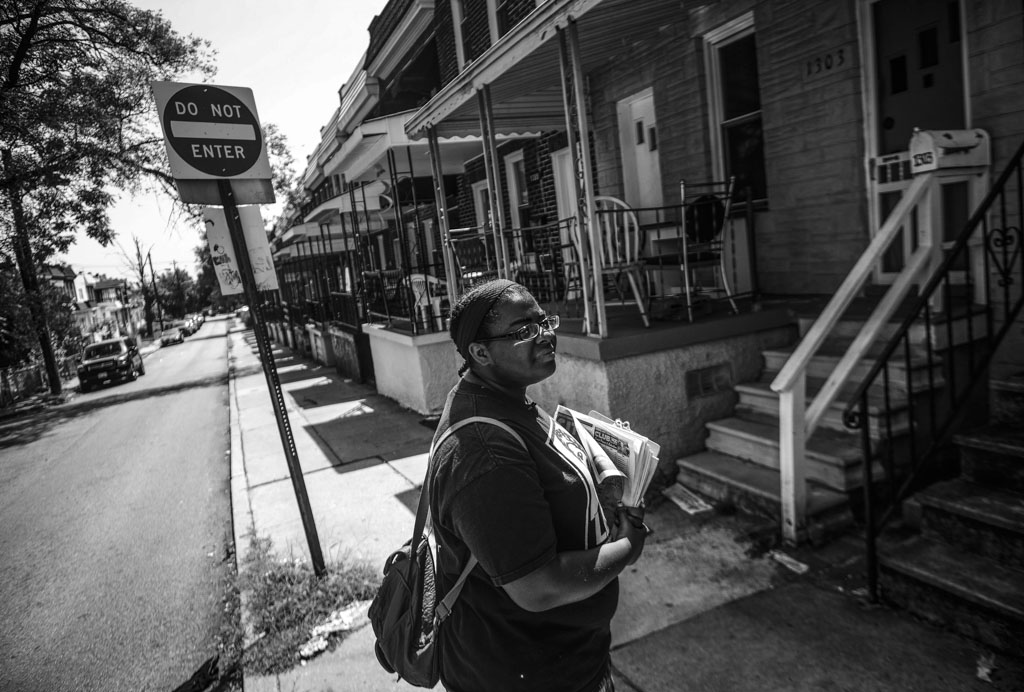
Destiny Watford, 18, a Curtis Bay resident and student leader of the "Free Your Voice" movement, canvasses around her neighborhood to stop the building of the proposed waste-to-energy Fairfield Renewable Energy incinerator plant in Baltimore, Md., on Aug. 16, 2014.
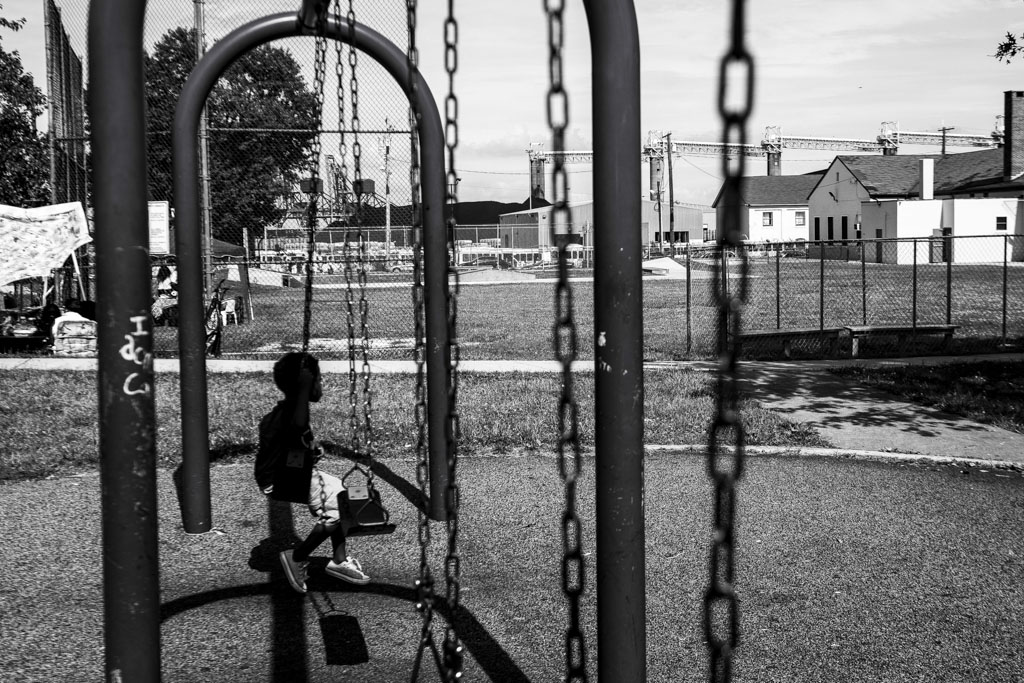
A boy sits on a swing in the Curtis Bay Recreation Center across from the Curtis Bay Coal terminal in Baltimore, July 19, 2014. By the end of 2015, the "Free Your Voice" movement convinced many business sponsors across the city to pull out of their contract with Energy Answers, stalling construction of the plant.

Urban gardens sit in a newly renovated block of East Baltimore developed by Johns Hopkins. Empty lots across the city have been transformed into urban farms in neighborhoods lacking easy access to fresh produce, also known as "food deserts".

Rosa Wilson tends to an urban garden at the Boone Street Farm where she receives produce in return for her work in the Midway neighborhood of east Baltimore, Md., on Oct. 28, 2013. Urban agriculture has increased access to healthy, local foods, reduced crime, and created new education and employment opportunities nationwide, according to the Department of Agriculture.
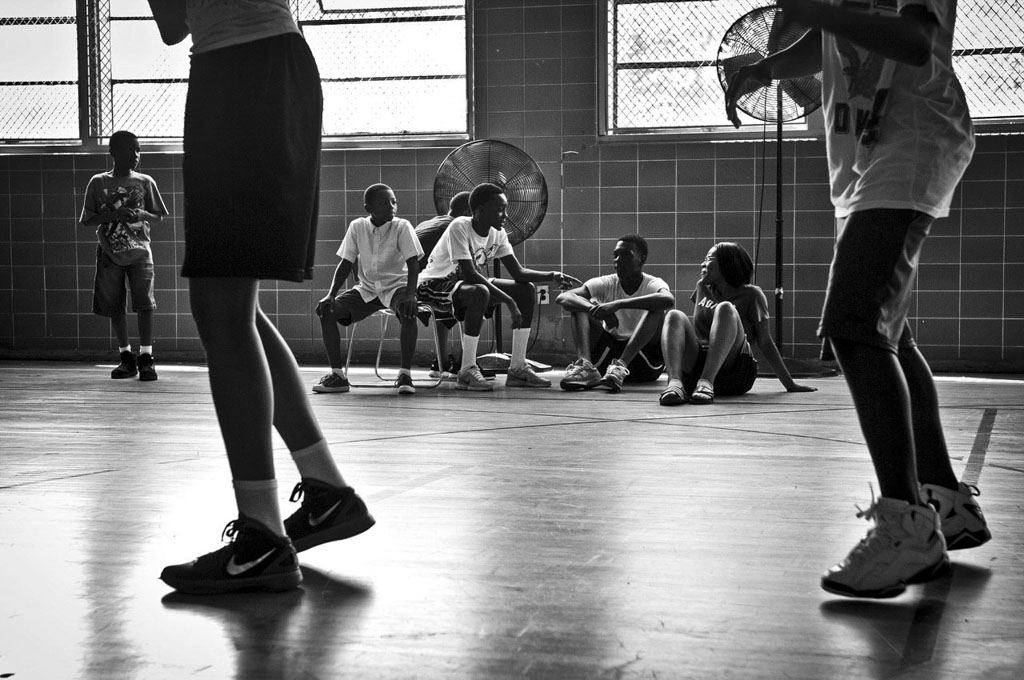
At Franklin Square Elementary/Middle School, in the west side of Baltimore City, about 30 middle school kids arrive every day for a laid-back version of summer school integrating academics and athletics. Natasha Thurmon, a teacher at Franklin, started the program when she found out that most of the recreation centers in the area would be shutting down.
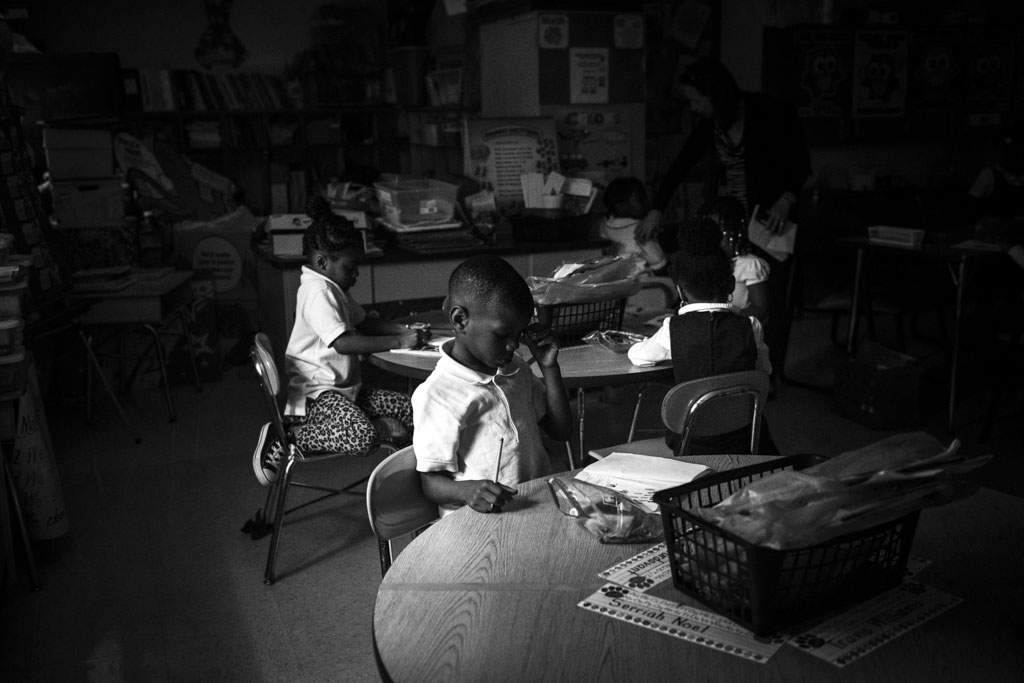
The lights are turned off to signal the end of the period as Tamar Sturdavant finishes his project in a kindergarten class at Cecil Elementary school in Baltimore City, Md. on May 27, 2015. Many schools in the city suffer from crumbling infrastructure, a lack of high quality teachers and proper updated learning tools for students.
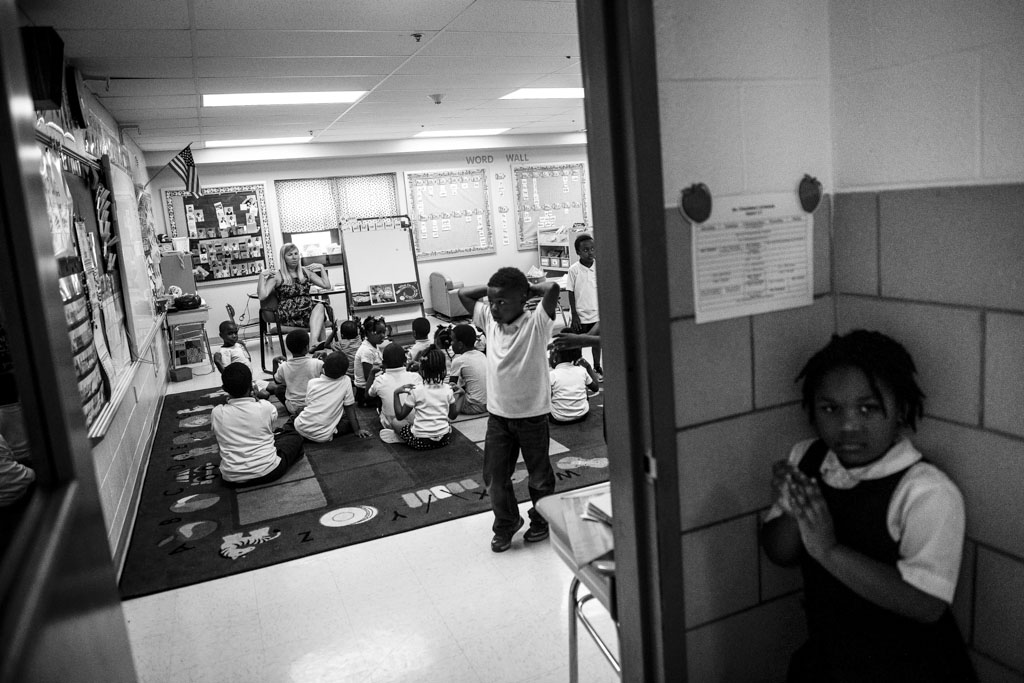
A child stands outside the classroom as teacher Jillian Chamblee sits her kindergarten class down at Cecil Elementary school in Baltimore City, Md. on May 27, 2015. A quarter of households receive food stamps, and 83 percent of children enrolled in the Baltimore City Public School system qualify for free or reduced-price meals.
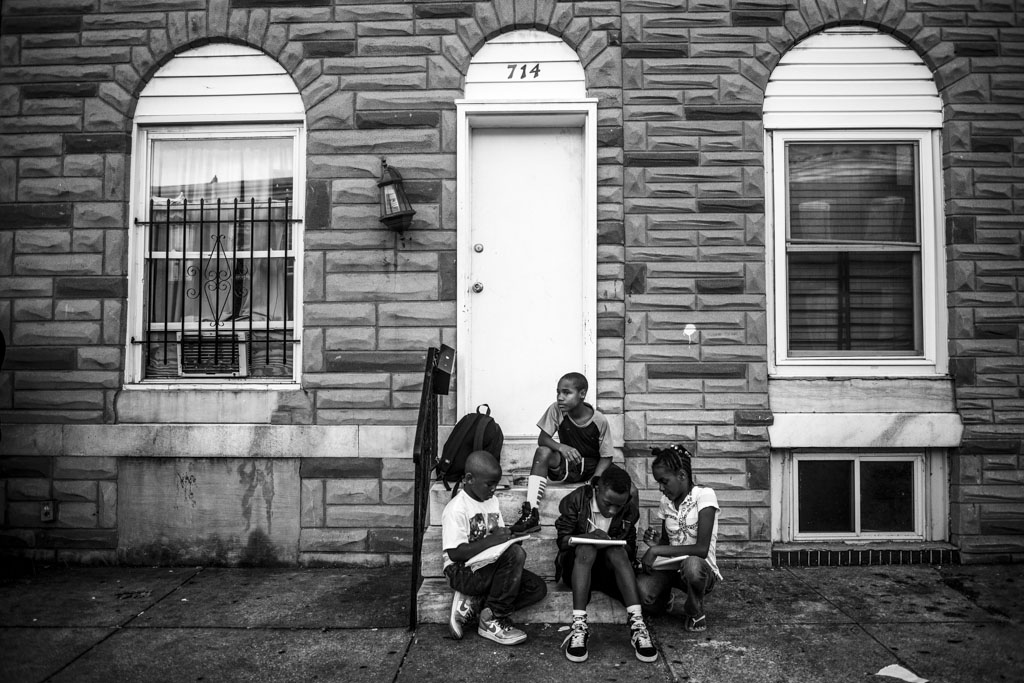
Donta Smith,12, top, works on a homework assignment with other kids in the neighborhood on the east side of Baltimore City, Md., on Sept. 15, 2015.
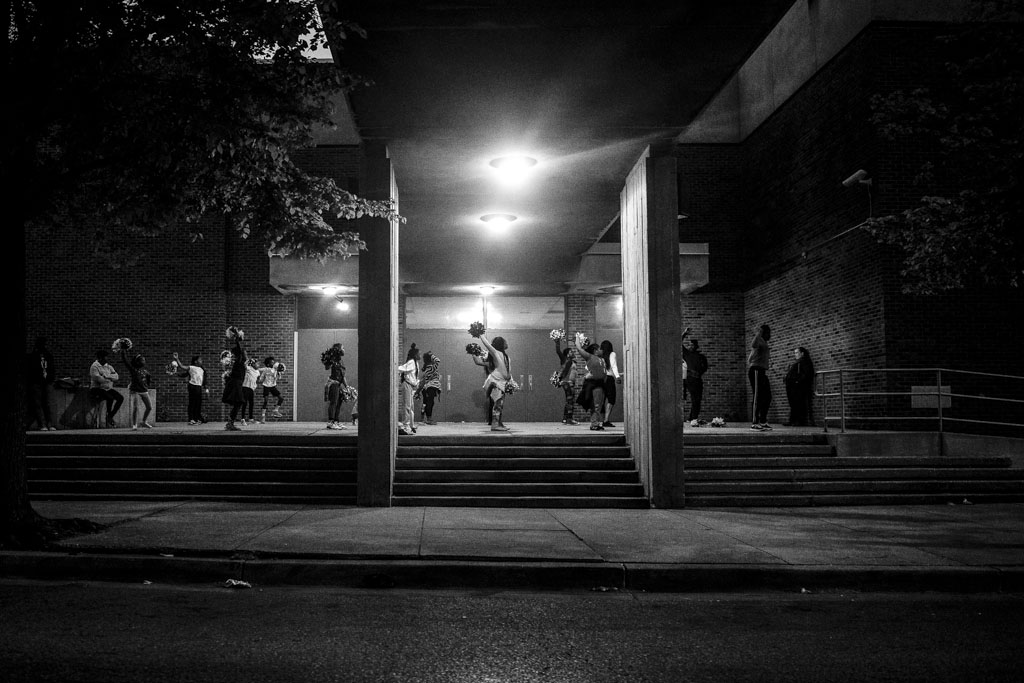
Girls practice cheerleading at the Robert C. Marshall Recreation Center in West Baltimore, Md., on April 27, 2016. In 2015, Mayor Stephanie Rawlings-Blake announced she will add $4.2 million toward after-school youth program funding.



















